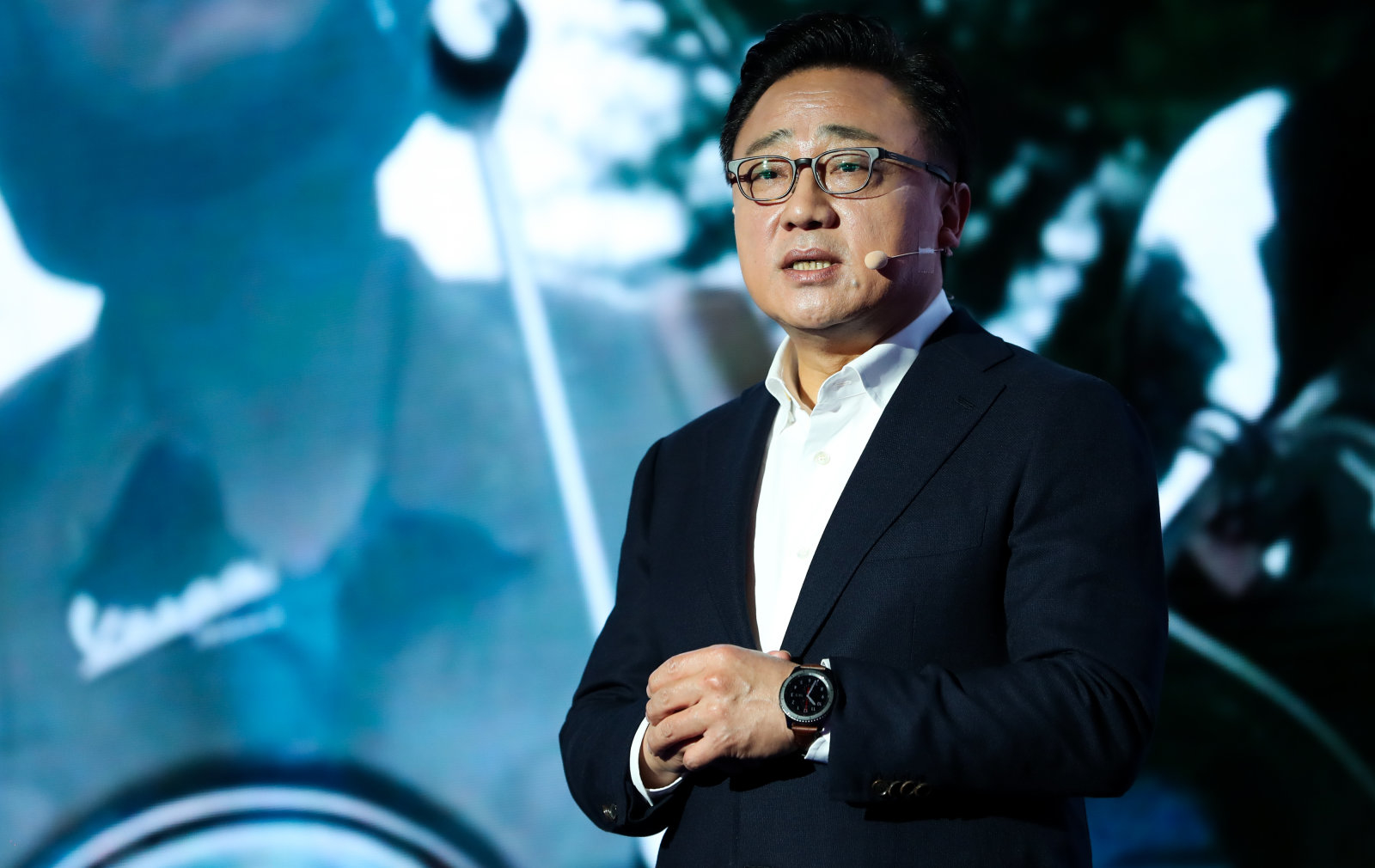
Samsung Bringing Flagship Features to its Mid-Range Tier of Smartphones
Samsung is shaking up its strategy for its mid-range tier of smartphones in order to attract a younger target audience and move into more developing markets.

According to a new CNBC interview with Samsung’s president of mobile communications DJ Koh, Samsung will be changing the way it deals with mobile technological advancements. Specifically, the South Korean company will now be looking to bring more premium features previously only available in flagship phones like the Galaxy Note 9 or the Galaxy S9 to lower-priced, midrange devices like the Galaxy A8 — and may even look at giving midrange phones new features before flagship phones.
“In the past, I brought the new technology and differentiation to the flagship model and then moved to the mid-end,” Koh told CNBC in an interview last week. “But I have changed my strategy from this year to bring technology and differentiation points starting from the mid-end.”
We’ve reported a fair bit now on the global slowdown in smartphone sales, which is arguably stinging Samsung more than most as it’s the top handset maker ranked by sales. In the second quarter, mobile sales at Samsung were down 20 percent year-over-year, with the company blaming a tepid response to the Galaxy S9.
Meantime, Huawei has come out strong, not only gaining market share and outpacing Apple but making clear its ambition is to eventually dethrone Samsung, possibly as soon as next year. “Despite a global slowdown for smartphones, some markets like India and other countries in Southeast Asia are growing, but consumers there are after cheaper, but still high-spec, handsets,” reads the report. “That’s the market that Samsung is trying to go after with its upcoming device.”
The first of these handsets is due for release later this year, but Samsung is giving no hints about what new features it is planning to introduce. The aim, however, is to make technology affordable as Samsung faces increasing competition from the likes of Huawei, Oppo, Vivo, and Xiaomi, who are bringing flagship-quality devices to market at mid-range price points.
“So we are very much focusing on millennials who cannot afford the flagship,” Koh says. “But how can I deliver meaningful innovation to our millennials? That’s the reason I’m trying to differentiate the mid-section.”

